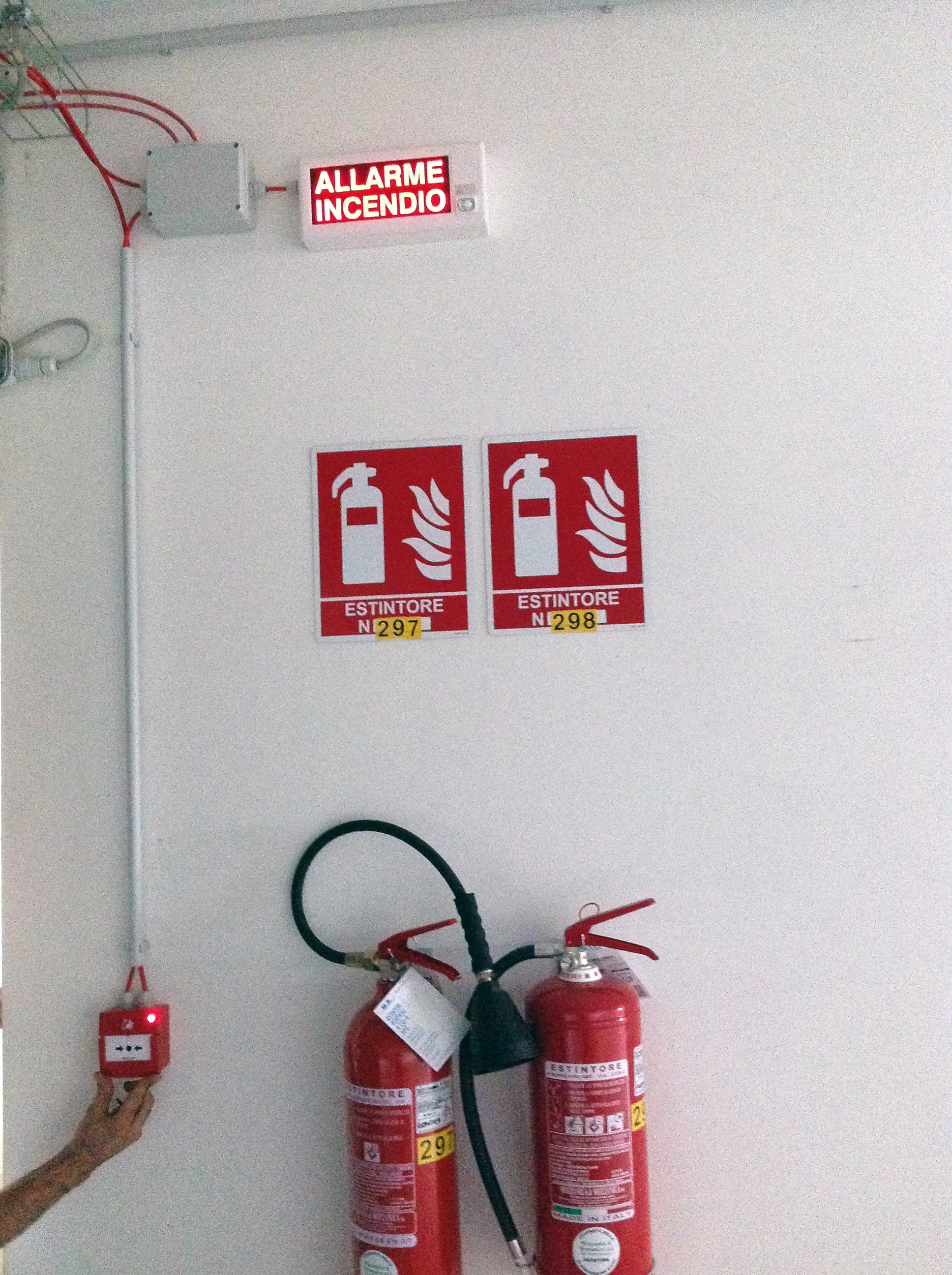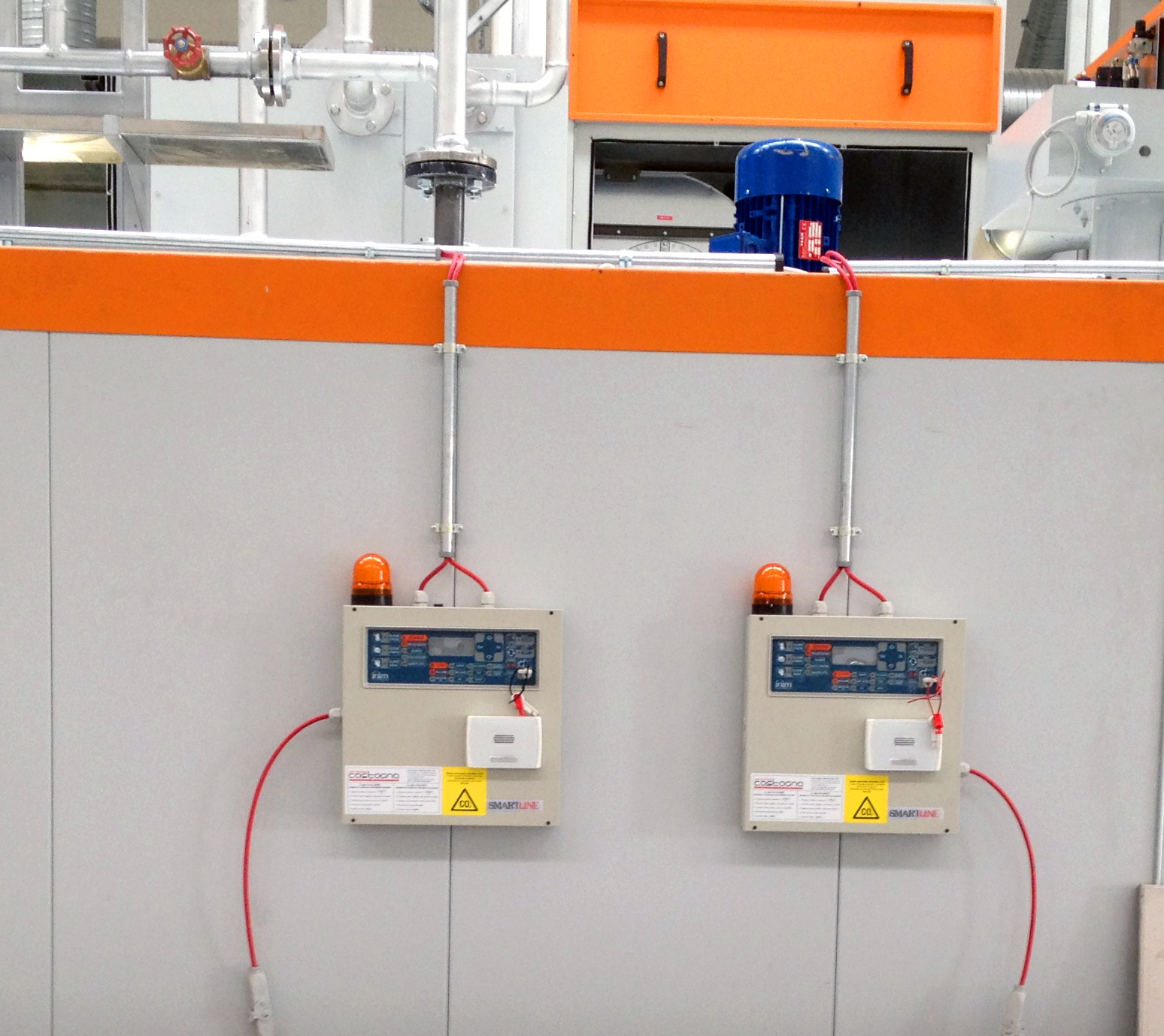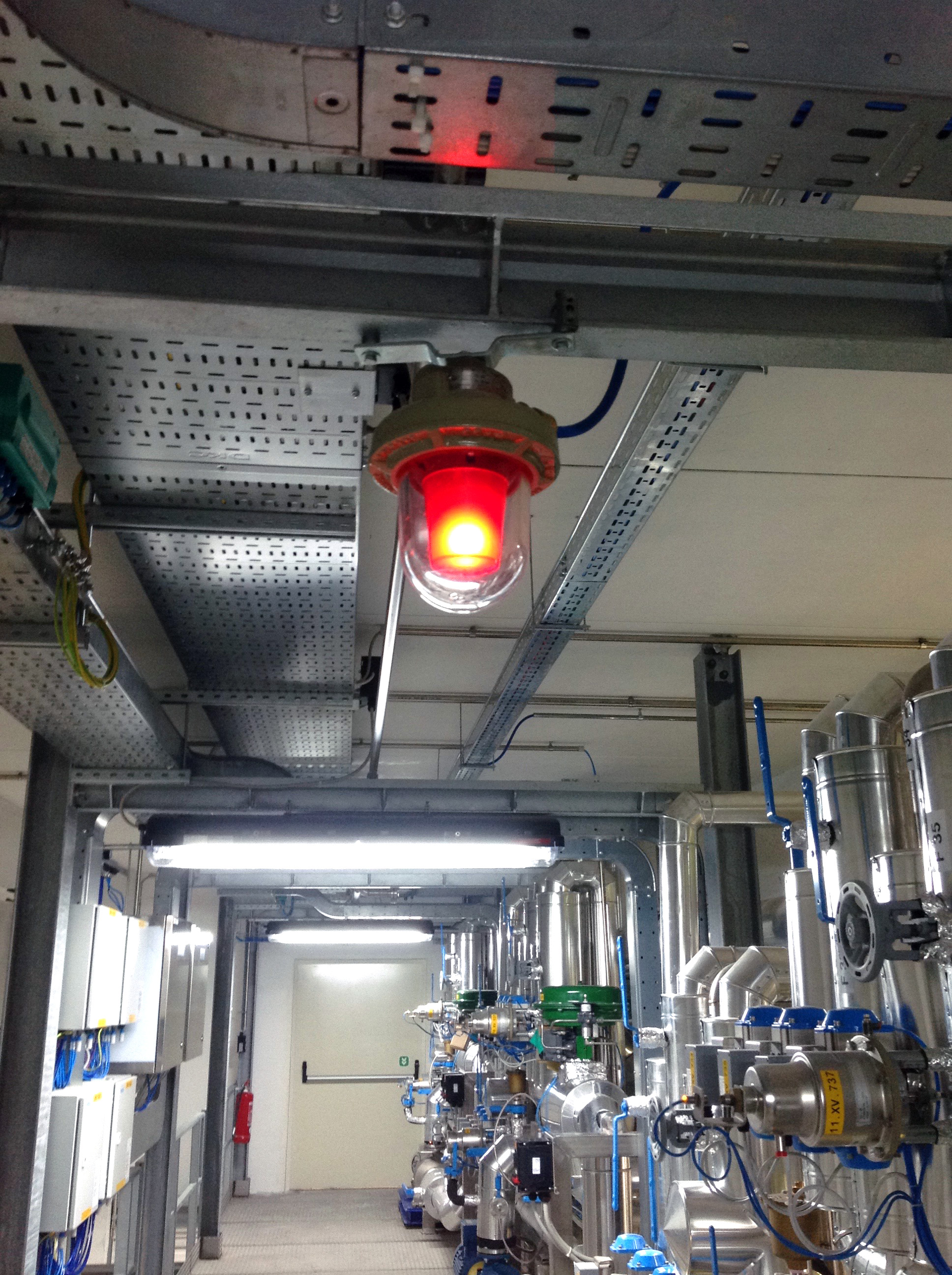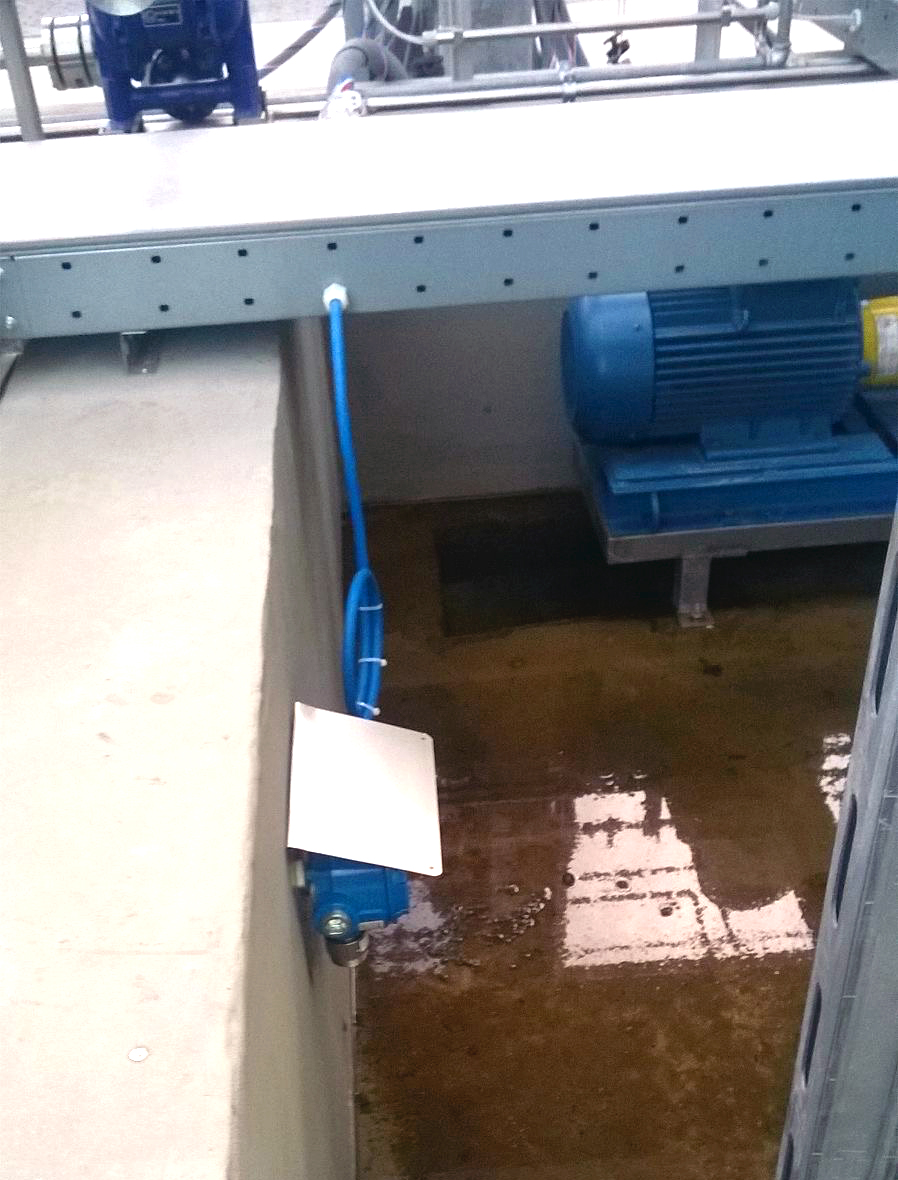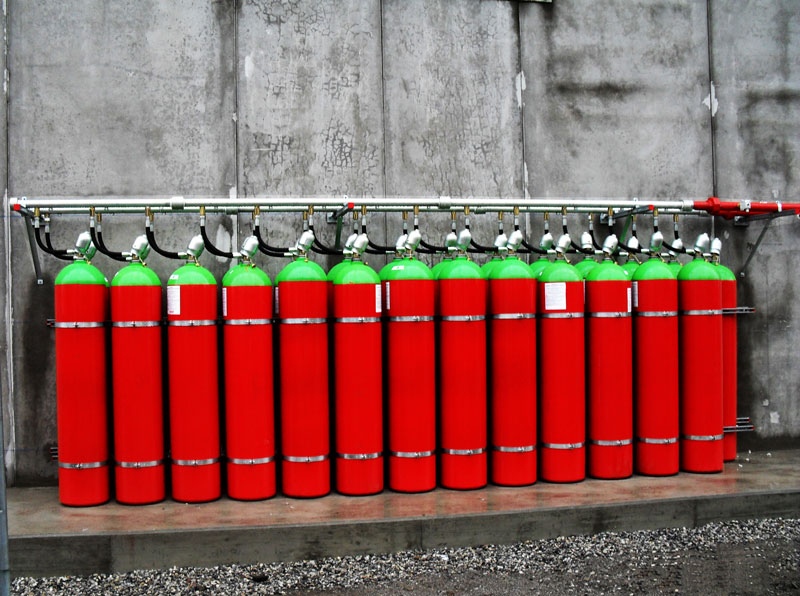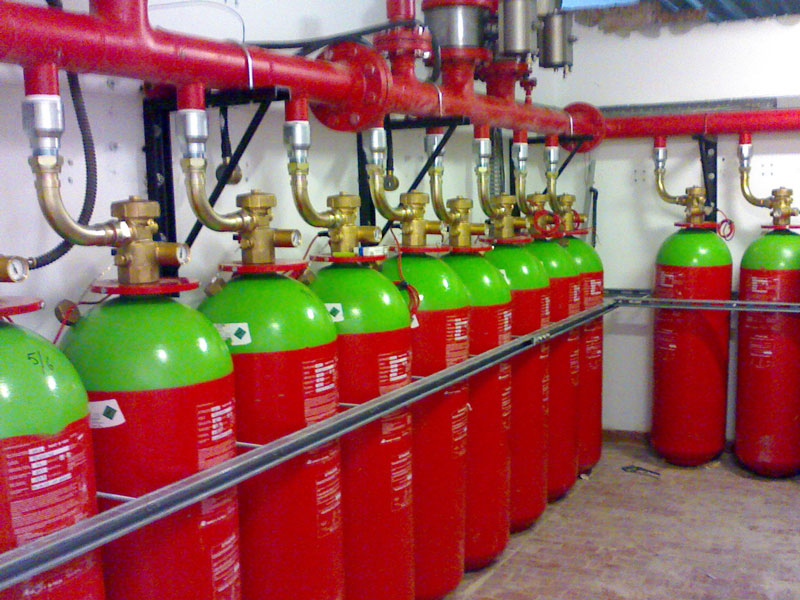Project Description
/details
Fire detection system means the series of components of fire alarm systems capable of detecting and signalling the presence of a fire inside a building or other infrastructure.
A smoke and fire detection device is typically composed of electronic equipment that detects the presence of smoke, flames, gas, heat variations or the start of a fire based on the physical phenomena connected with the development of the fire in the room.
The most modern types of detection systems involve:
- detection of smoke (punctiform or linear)
- detection of heat
- detection of gas
- detection of flames with UV/IR sensors
- thermosensitive cable detectors
- spark detectors
- air sampling detectors
- special detection systems
In order for a fire detection system to be effective, it is important for it to have the signal from the alarm station correctly and promptly set up to activate a control action as soon as possible; simple detection of the outbreak, if not followed by a sequence of signals capable of reaching an organisation or trained personnel able to intervene, risks turning into a useless waste of resources.
CASTAGNA ANTINCENDI have developed a line of systems and products that meets all the different requirements of the environment to be protected.
Based on the requirements, essentially two types of fire detection systems can be designed; they differ in configuration and connections.
There are conventional zone fire detection systems. Their simplicity of use and programming make them the ideal choice for all small-medium installations where the rapidity of programming and installation are crucial.
Addressable fire detection systems, on the other hand, are more elaborate; they are composed of detectors and other addressed devices that are connected on specific detection lines of the addressed stations. These lines are called “loops”; the advantage of this type of detection system is that an address is associated with every device connected on the loop that identifies it and that it uses to communicate with the station.
/applications
Protection of industrial complexes, logistics, shopping centres, residential areas, offices, hospitals, hotels, and all activities requiring at least one fire detection or signalling system.
/advantages
detection of smoke (punctiform or linear)
detection of heat
detection of gas
detection of flames with UV/IR sensors
thermosensitive cable detectors
spark detectors
air sampling detectors
special detection systems
/advantages
detection of smoke (punctiform or linear)
detection of heat
detection of gas
detection of flames with UV/IR sensors
thermosensitive cable detectors
spark detectors
air sampling detectors
special detection systems
/details
Fire detection system means the series of components of fire alarm systems capable of detecting and signalling the presence of a fire inside a building or other infrastructure.
A smoke and fire detection device is typically composed of electronic equipment that detects the presence of smoke, flames, gas, heat variations or the start of a fire based on the physical phenomena connected with the development of the fire in the room.
The most modern types of detection systems involve:
- detection of smoke (punctiform or linear)
- detection of heat
- detection of gas
- detection of flames with UV/IR sensors
- thermosensitive cable detectors
- spark detectors
- air sampling detectors
- special detection systems
In order for a fire detection system to be effective, it is important for it to have the signal from the alarm station correctly and promptly set up to activate a control action as soon as possible; simple detection of the outbreak, if not followed by a sequence of signals capable of reaching an organisation or trained personnel able to intervene, risks turning into a useless waste of resources.
CASTAGNA ANTINCENDI have developed a line of systems and products that meets all the different requirements of the environment to be protected.
Based on the requirements, essentially two types of fire detection systems can be designed; they differ in configuration and connections.
There are conventional zone fire detection systems. Their simplicity of use and programming make them the ideal choice for all small-medium installations where the rapidity of programming and installation are crucial.
Addressable fire detection systems, on the other hand, are more elaborate; they are composed of detectors and other addressed devices that are connected on specific detection lines of the addressed stations. These lines are called “loops”; the advantage of this type of detection system is that an address is associated with every device connected on the loop that identifies it and that it uses to communicate with the station.
/applications
Protection of industrial complexes, logistics, shopping centres, residential areas, offices, hospitals, hotels, and all activities requiring at least one fire detection or signalling system.





